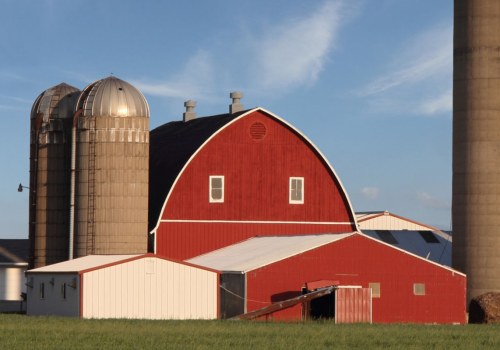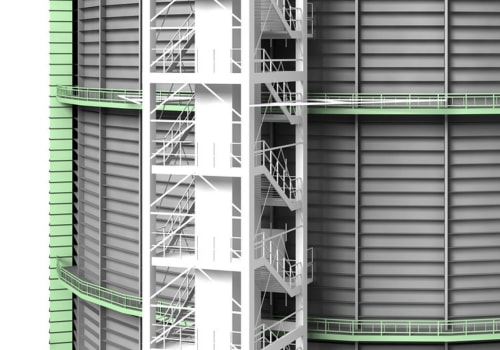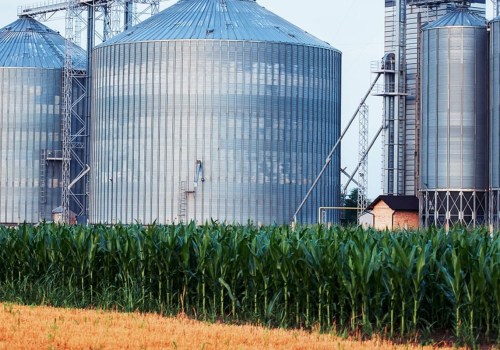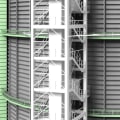Silos are basically a way to separate the content of your website into categories. The more subject-relevant content you cover in a silo, the more relevant your website will be from Google's point of view. The silo structure in SEO is a type of website architecture in which content on a specific topic is grouped, isolated and interlinked. This creates clean and distinct sections of related content on your website.
A silo structure groups content and link structures together in a way that search robots love. All the information that your website covers is clearly divided into categories. Each category should be about five pages under. Each page in a category is fully linked to the other pages in the category.
Because silos include groups of content related to a topic, the internal links between the pages they contain are united in their context. In simple words, isolation creates internal links to and from pages (with appropriate anchors) that focus on the same topic. Help Google understand what the architecture of your page consists of and what value it will bring to users. A content silo is a method used in search engine optimization (SEO) that consists of structuring the content of your website around keyword-based topics.
Basically, when you create a silo structure, you're grouping related and relevant content into different sections of your website. And a website that has a content silo for “Paris restaurants” is more likely to do so than a website that only includes a Paris restaurant. Your website may not contain an inventory of products, but it's still a good idea to organize your content in a silo structure. Create silos and layers with the user in mind, not just blindly following SEO techniques, and create a positive website experience for the human being, not the machine.
Before creating a review of the silo structure, you should determine the main topics on which your website focuses. Before considering any content silo for your website or blog, you should do a thorough review of your current and future content, guided by keyword research. Another reason that content silos are important in SEO is that search engines grant the relevance of keywords (or the level of importance) based on the content of the page, as well as the relevance of the entire website. Just as silos in a group of farms work separately, maintaining their integrity and value, isolating a website improves website optimization around a topic.
Similarly, a site that blocks its silo architecture in a hierarchical way prevents users from navigating between silos. All of these things are so closely related today that creating a new website without involving teams from both silos seems absurd. Silos have tremendous advantages for SEO, but if you're not going to create links between pages in different silos, you should absolutely make sure that your website is easy to navigate. That's why you need to link the pages of each individual silo to demonstrate that your website provides detailed, relevant and extensive information on its topic.
Isolating content within silos in such a way that it's hard to find, can negate the benefits of using silos and make your pages harder, not easier, to find. Titles should accurately describe the content of the page and subtly reinforce the differences between this page and the rest of the content of the silo website. Siloed website optimization is a great way to make your website easier to use and assert yourself as an expert in your niche. .






